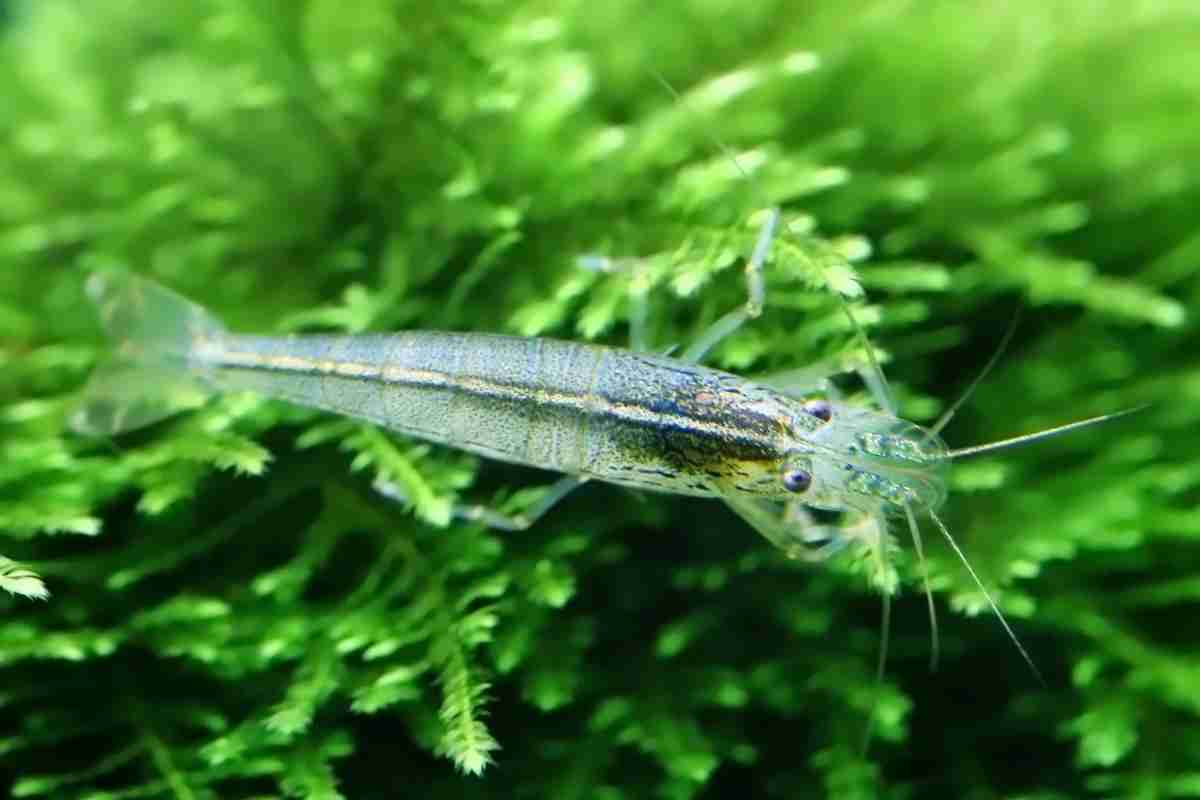
Can Java Moss Grow (Emersed) Out Of Water?
Read more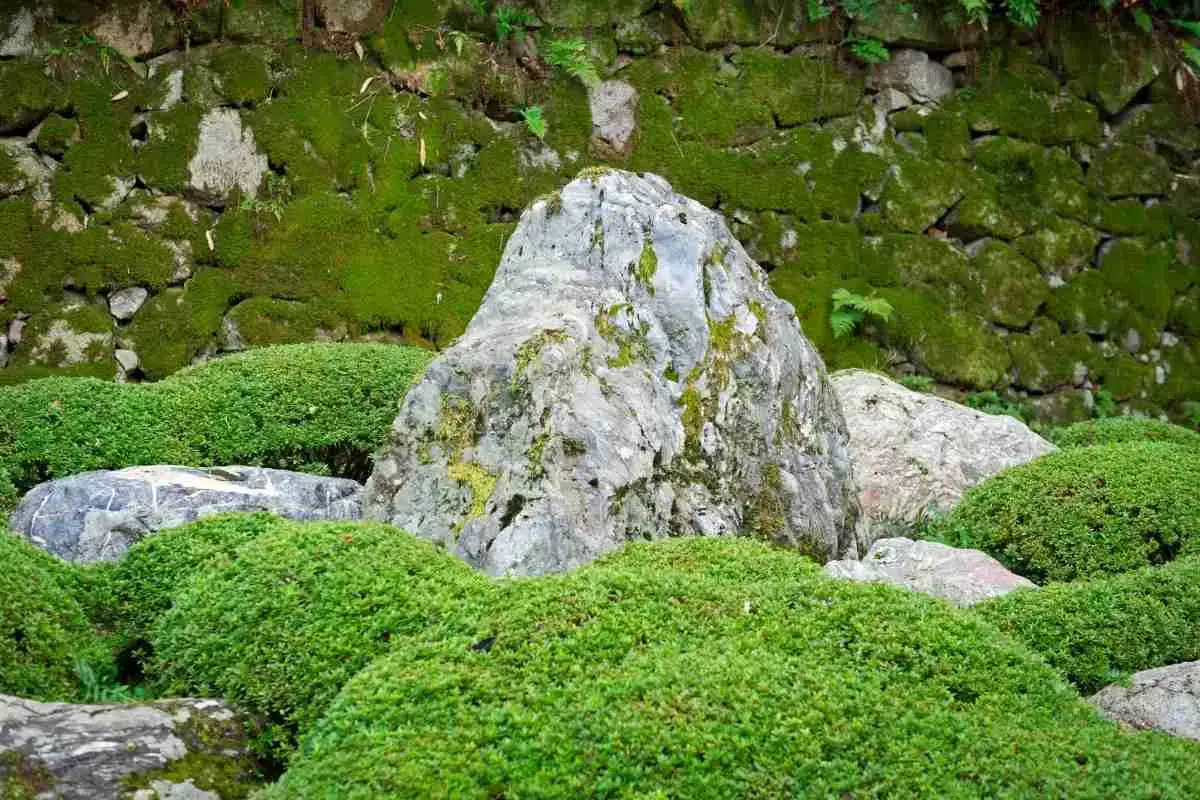
11 Types Of Moss That Grows On Rocks!
Read more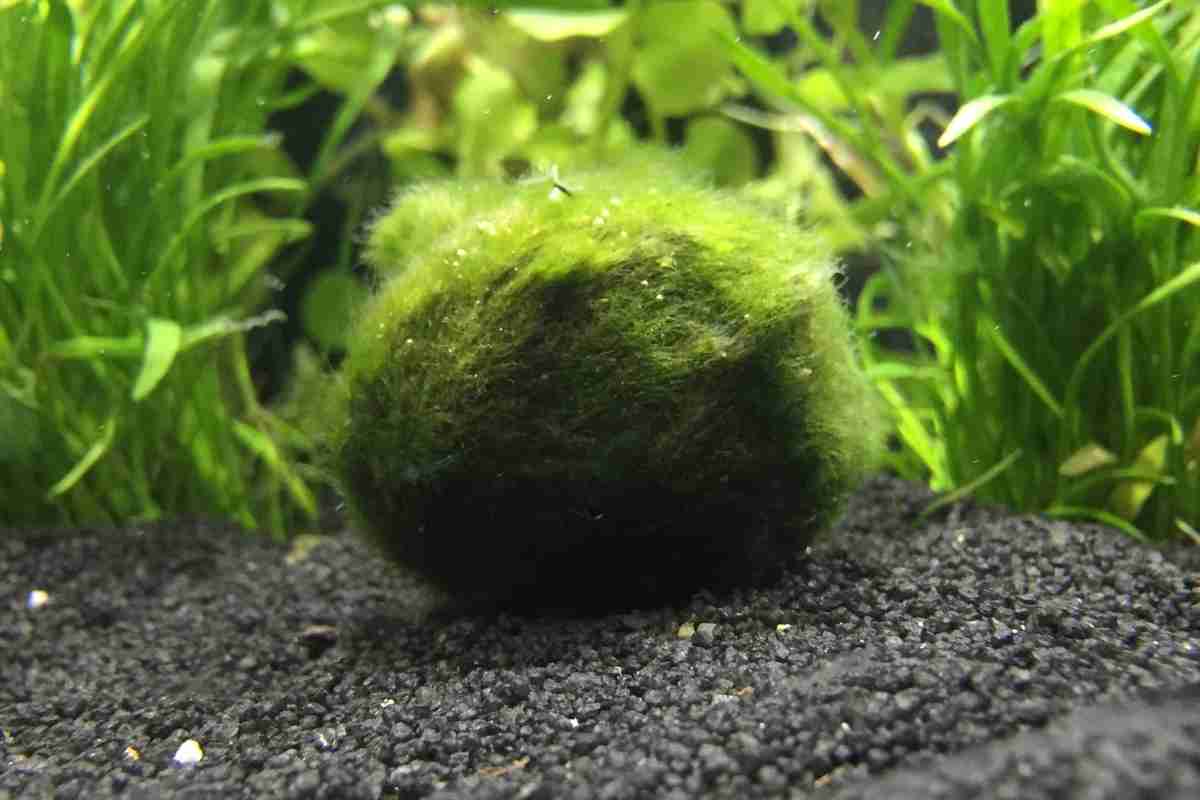
Marimo Moss Balls: Are They Safe?
Read more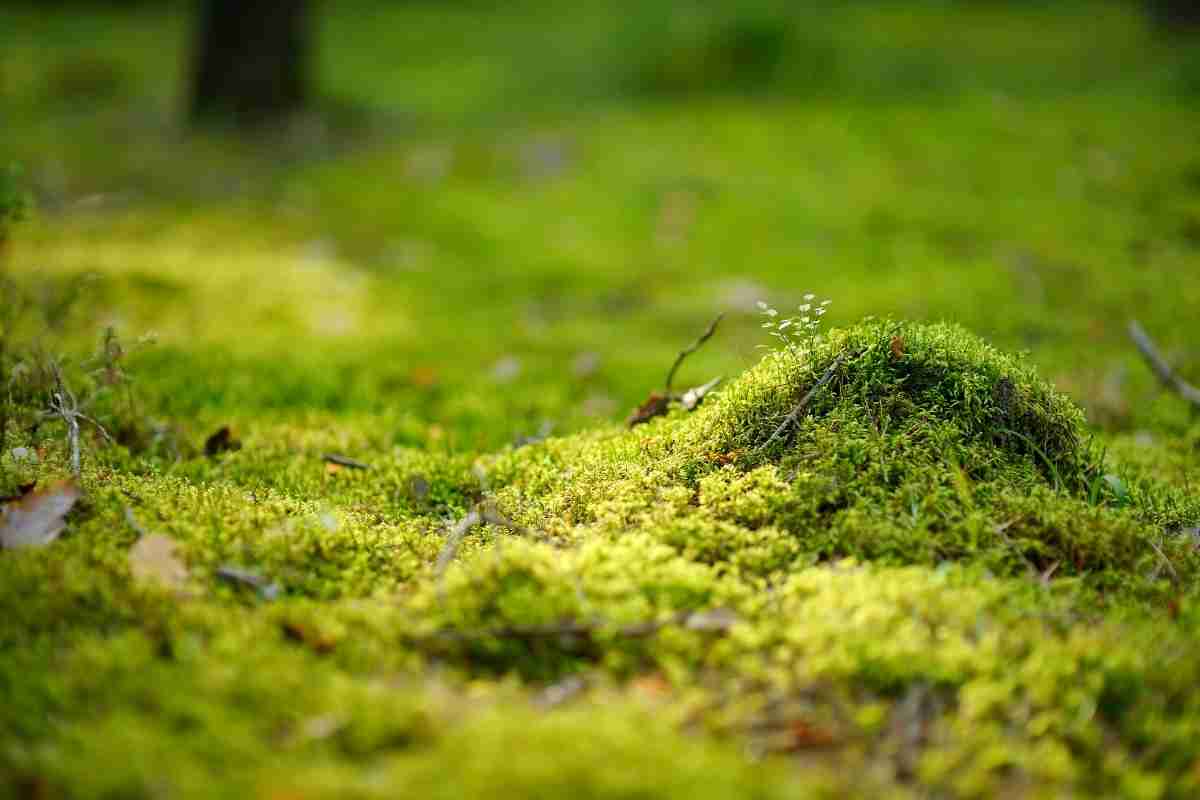
How Fast Does Moss Grow? Detailed Guide
Read more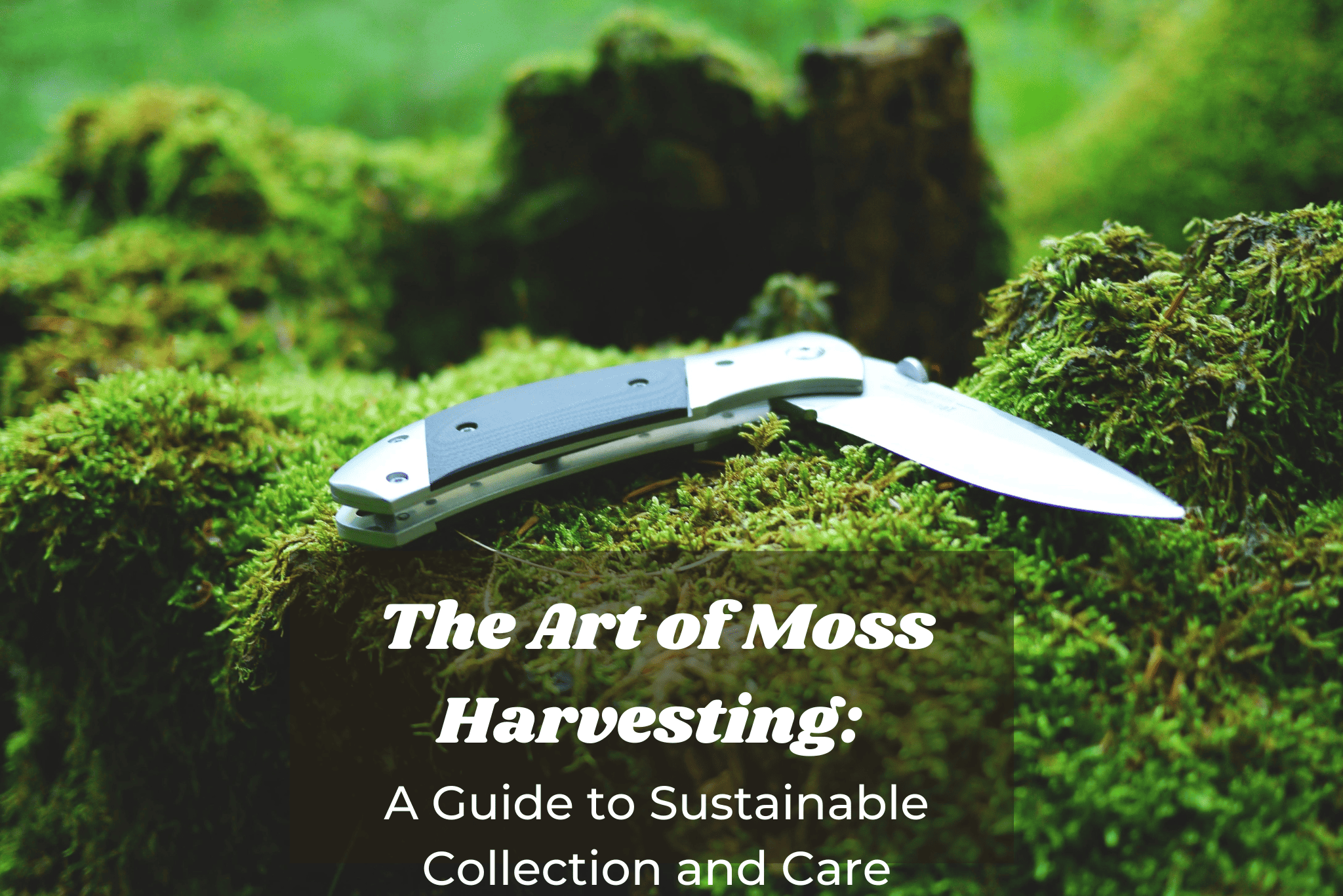
The Art of Moss Harvesting: A Guide to Sustainable Collection and Care
Read more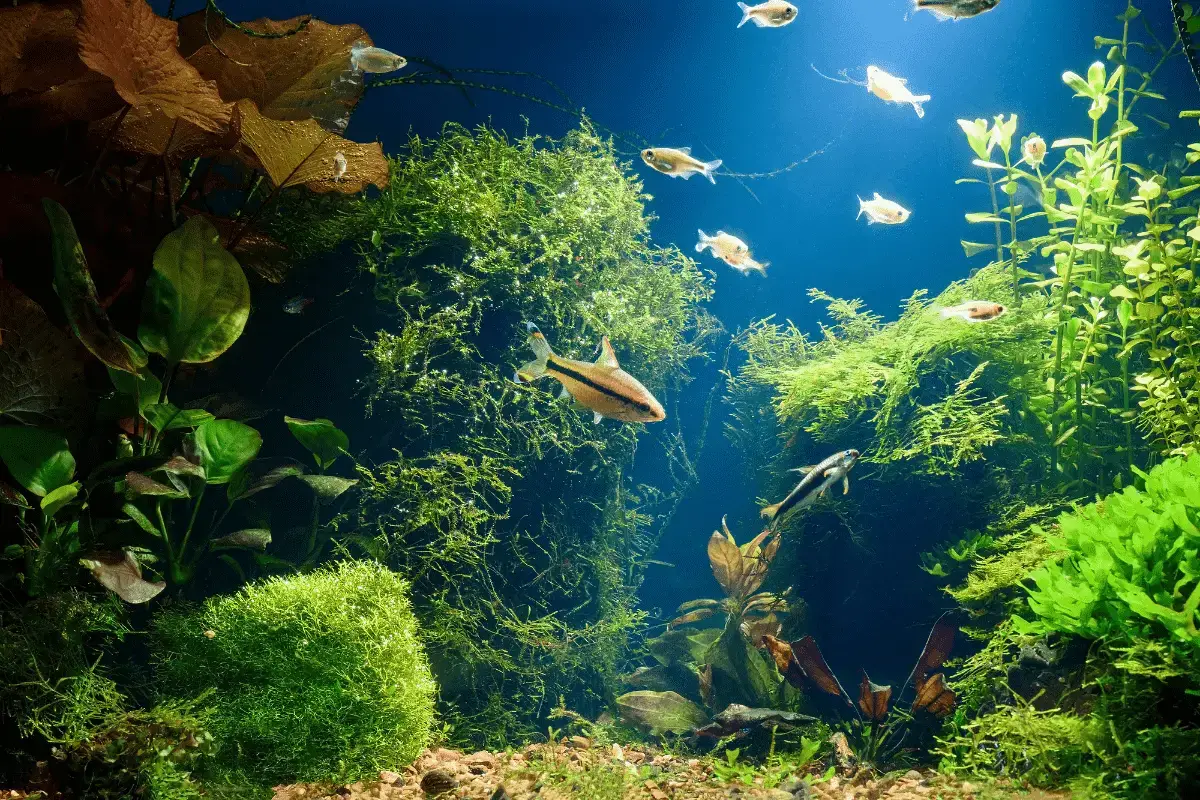
Do Moss Balls Grow? If So, How Fast?
Read more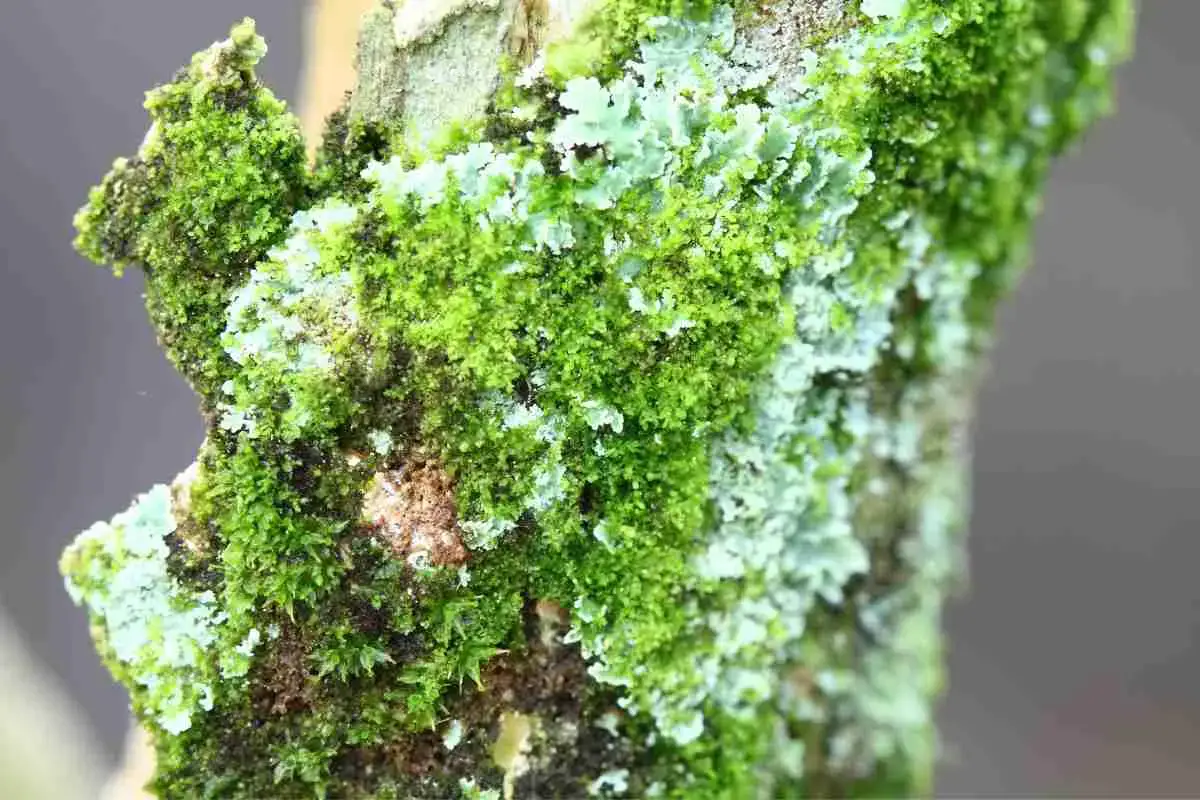
What Do Lichens Eat?
Read more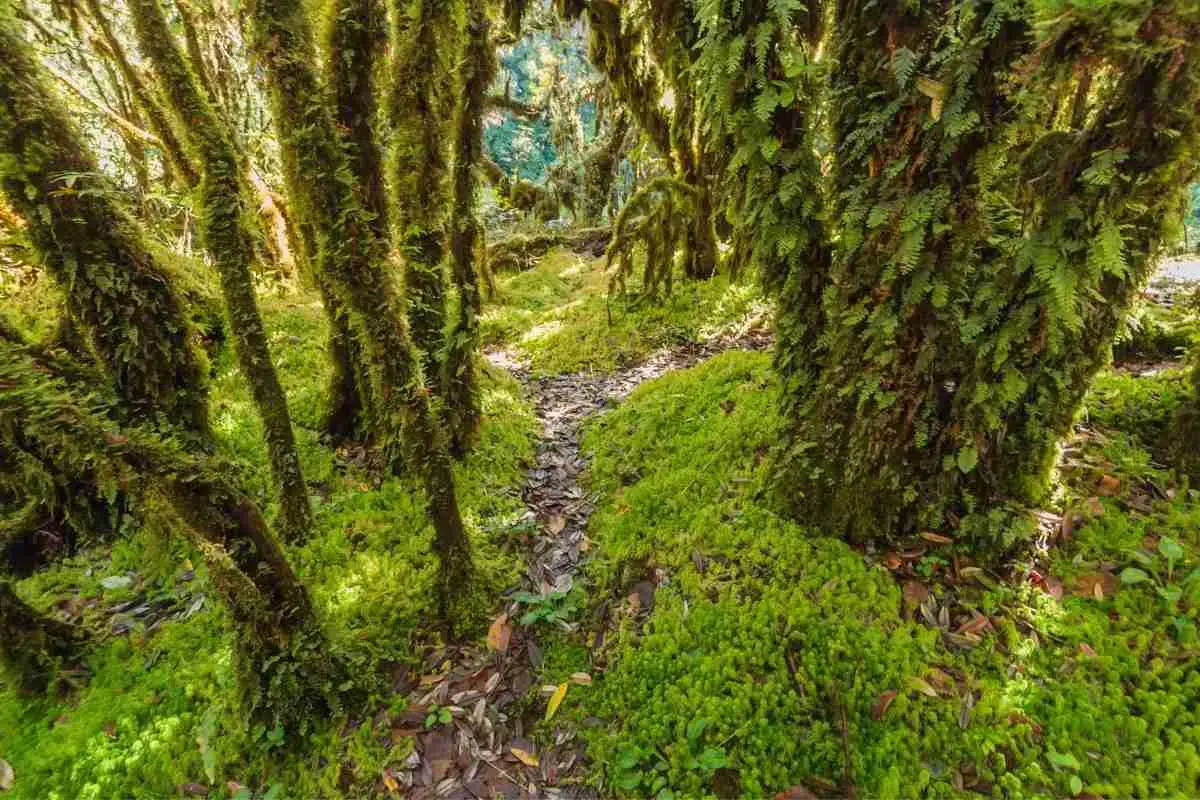
8 Types Of Moss That Grows On Trees
Read more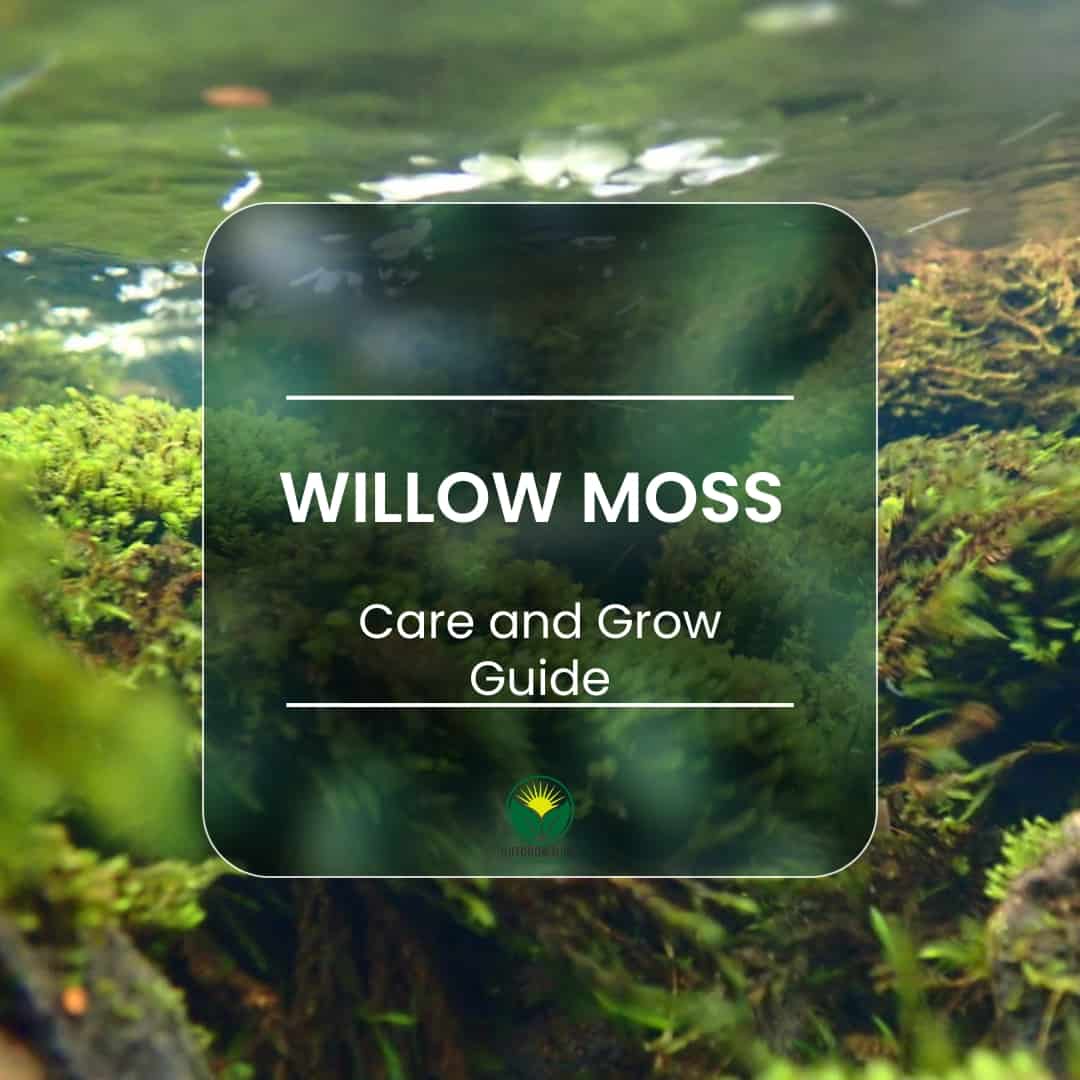
Willow Moss (Fontinalis Antipyretica). The aquatic moss par excellence. How to take care of it and make it grow in aquarium
Read more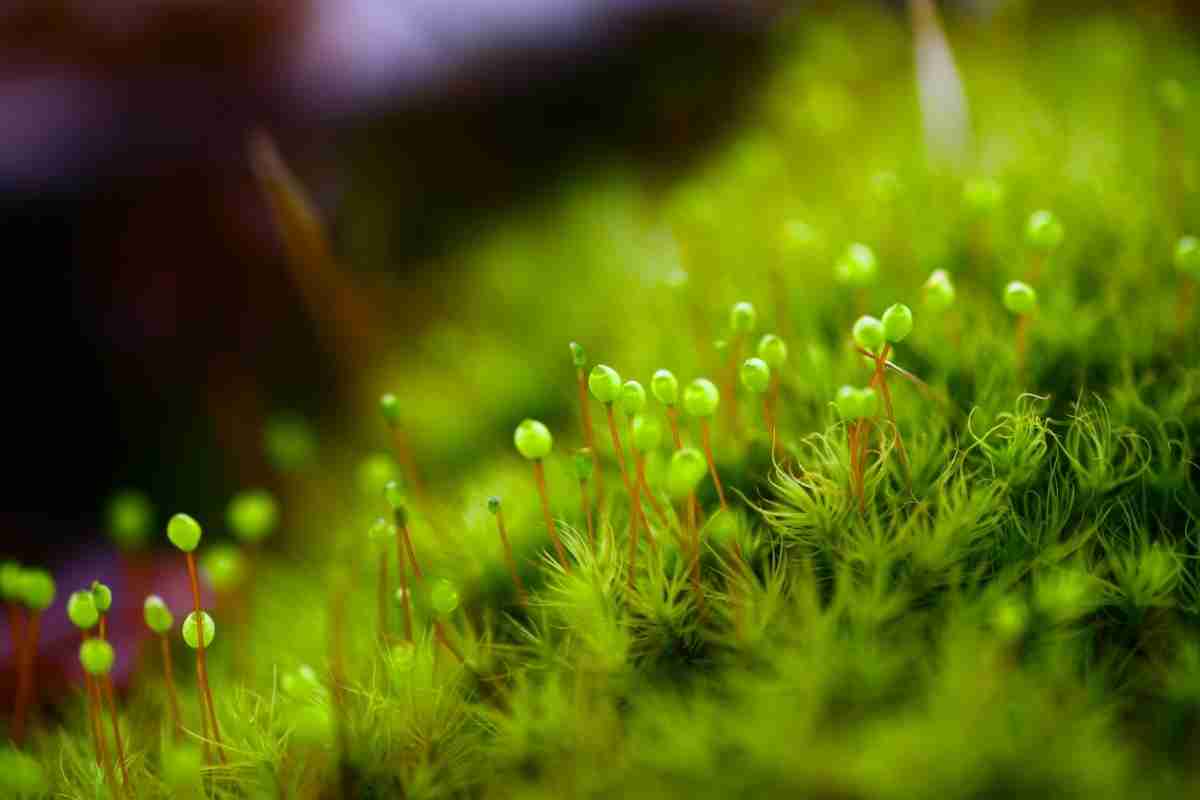
How Does Moss Reproduce? (Asexually And Sexually)
Read more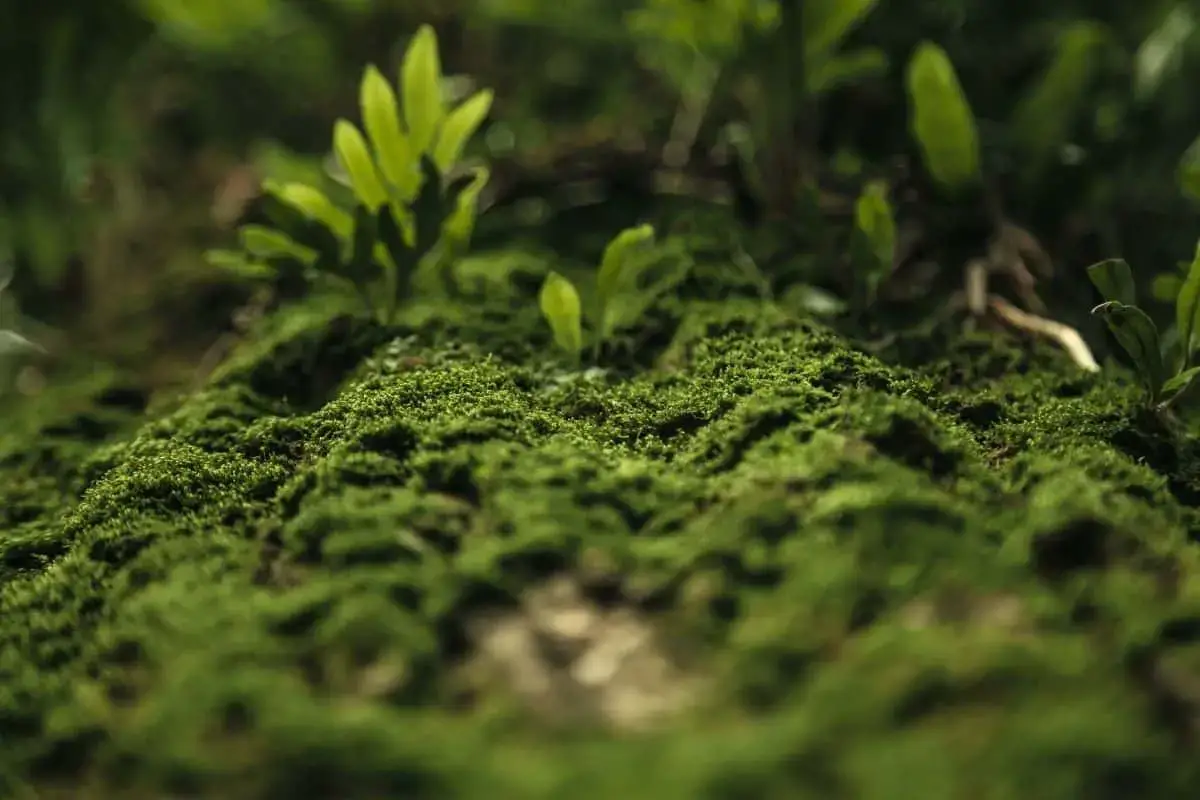
What Does Moss Eat To Survive?
Read more